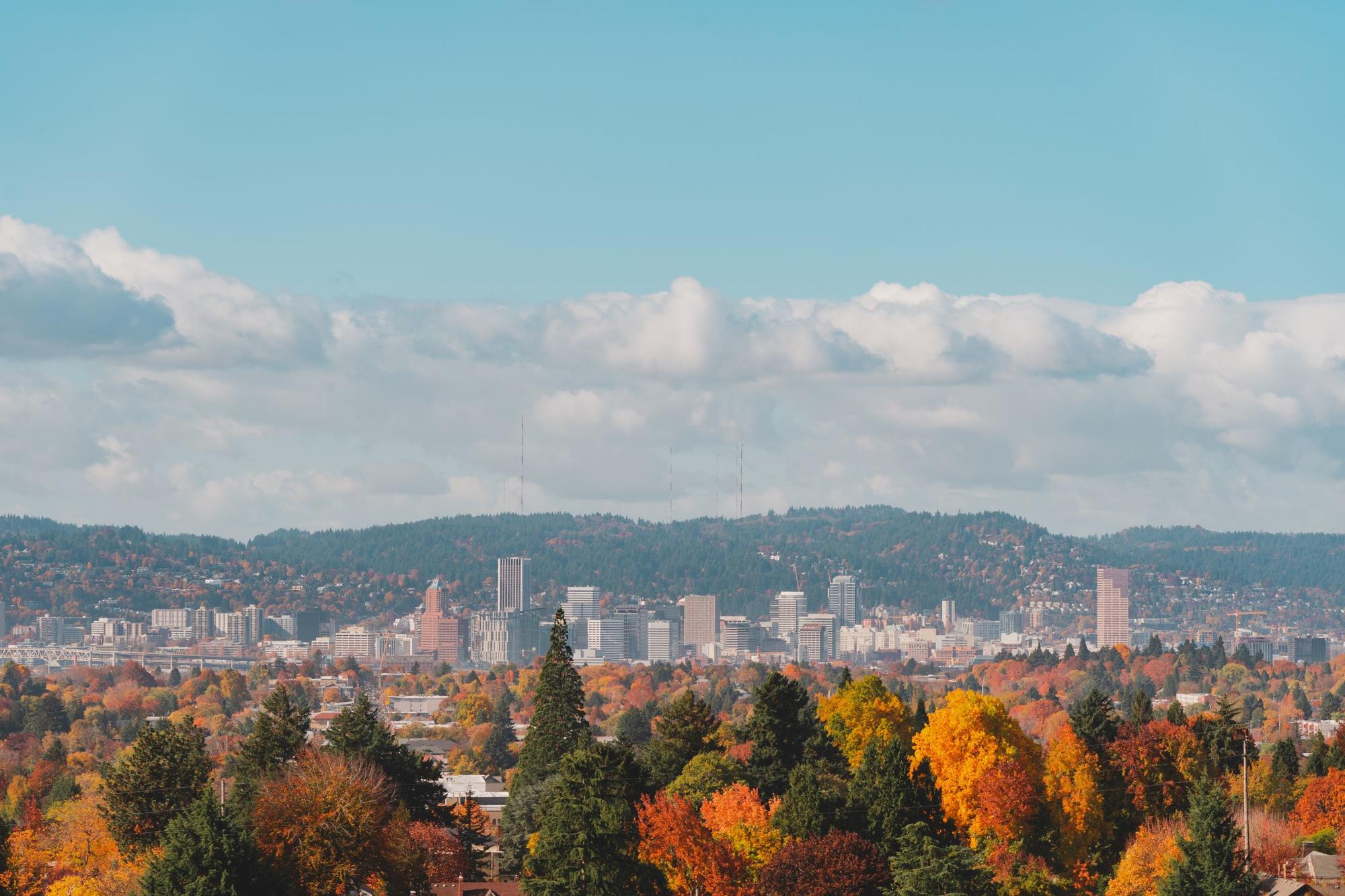- Visualization
- City of Boston
- Northeastern University

Influxes of students, migrants, and job hunters exert considerable pressure on city housing. Maps generated from open data, like this example from Boston, show that thousands of households across large cities are afflicted. Neighborhood overcrowding was separated into two separate manifest variables, including private strain (average number of living units per residential house parcel) and public strain (number of public parcels per person). However, given the limitations of the data, these measures were reconceptualized using the cross-sectional Boston tax assessor's database for 2016. While the switch to the cross-sectional data limits the analysis to a single year, this issue is minimal considering accurate population information from the census is only available every decade. With information on the gross area of all parcels in the city of Boston, both private and public strain can be measured in the same type of unit, the unit square foot-per-person (USFPP). USFPP was chosen over persons per bedroom or room, which are also used in the literature for residential overcrowding, as public spaces like parks cannot be measured in concrete rooms.
DATASETS
US Census



